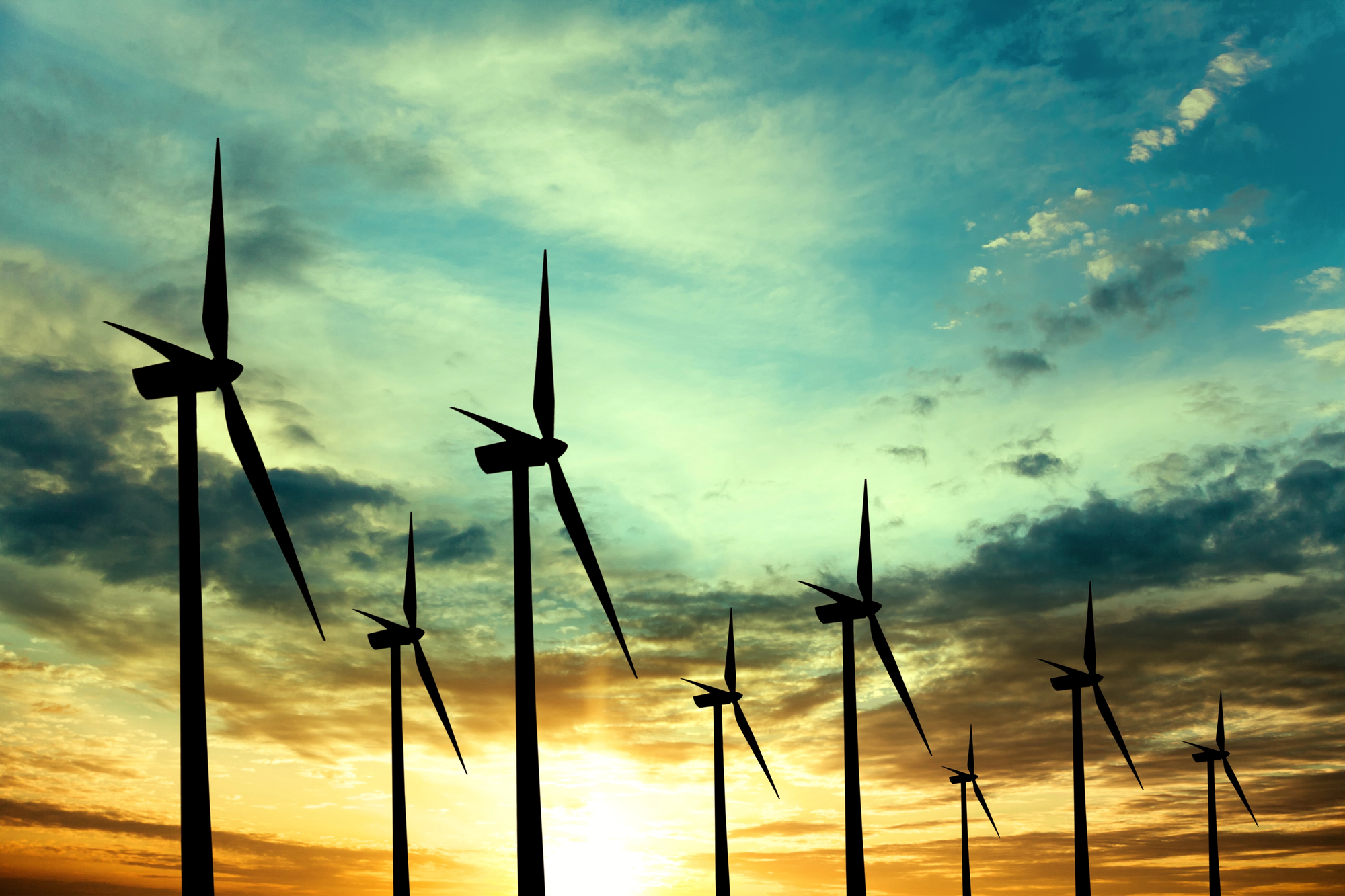Implications of Euro-elections on European energy
The headline in the FT following the June elections in Europe was: ‘Europe’s green backlash – Rightwing advances in EU parliament (EP) elections will lessen climate ambitions.’ Indeed, the gains of the far right were mirrored by falls for green parties throughout Europe, including in the EP. The contrast was much stronger in France and Germany. In addition, Italy and the Netherlands are now led by right-wing governments less interested in green policies and more focused on their cost impact.
The vote for Green parties collapsed, not only in the EP elections, but also in Germany, France and Italy and most of Europe. The French Greens barely made it over the five per cent threshold and in Germany the party’s vote was almost halved. They are paying the price for pushing policies that are seen to have contributed to the high cost of energy.
It is not that climate change is not considered to be a problem, but that European voters have reacted to the impact of green policies on rising energy costs and on their wallets and lifestyles. Economic insecurity is at the forefront of their minds. Policymakers throughout the EU will have to pay closer attention to consumer concerns. Otherwise, the shift to the right will continue.
The future of the Green Deal
A less-friendly EP and a weakened Franco-German leadership will make it harder for the European Commission (EC) to advance its Green Agenda. It will also have profound implications on the power balance between EU countries in Brussels and the EC and the European Council.
Another headline was ‘Kiss goodbye to the European Green Deal.’ Even though that is unlikely to happen, it will become harder to get new green legislation approved and policies still under consideration may be weakened – even the Greens have conceded that – especially as the EC focus shifts to defence.
With Georgia Meloni in Italy, Marine Le Pen in France and Geert Wilders in the Netherlands gaining strength, they will continue to use their growing influence to foment revolt against new green policies. An example is the impending legislation for a 90 per cent reduction of greenhouse gas emissions by 2040. If approved, it will involve transformation in areas such as housing and transport – requiring massive new measures and costs to achieve it – that have a direct impact on everyday lives. It is expected to face stiff resistance. It may now be a step too far, especially as some of the more recent decarbonisation progress is down to EU industries shrinking. Based on current trends, Europe will struggle to even achieve its 2030 emissions target.
As an indication of EU member state policies to come, following the shift to the right, Italy’s Meloni banned solar energy rollout on farmland – she says photovoltaics are threatening nation’s ‘food security’. Meloni described this as a “pragmatic measure that corrects… the ideological eco-follies of which Italy and its farmers have been victims”.
The new Netherlands government is moving in a similar direction. It also plans to promote drilling for offshore gas.
Undoubtedly climate change geopolitics is shifting. Continuing with business-as-usual, without seriously addressing the cost-impact of green policies, is no longer possible and will not overcome problems. Climate politics need to be reconnected with the needs of society. Central to these is the future of the Green Deal and EU policies towards industrial competitiveness and energy security, including natural gas.
In the new environment, the Green Deal will need correction and changes to make it more realistic and more responsive to citizen concerns by demonstrating that it provides clear economic and social benefits.

Natural gas in Europe
Energy transition is not happening quickly. As economies continue to expand, global energy demand carries on increasing fast. But even as renewables increase at a fast rate they do not ‘get the job done.’ Their intermittent nature needs to be balanced by firm power.
Available low-carbon firm power, such as nuclear, has its own limitations and is not at the required scale while green hydrogen has a long way to go before it becomes affordable. Long-term energy storage is still woefully limited. The world still needs to rely on natural gas for firm, dispatchable power at the required scale – in preference to coal. Globally, coal and oil demand will eventually decline, but natural gas demand is expected to increase by over a third by 2050.
Without a step-change in policy and technological progress, natural gas will continue to play a substantial role in balancing intermittent renewables and meeting the expected growth in global energy demand – driven by population growth and standard of living improvements.
COP28 recognised that transitional fuels, including natural gas, can play a role in facilitating the energy transition while ensuring energy security. Earlier this month, the G7 also supported investment in the gas sector.
Germany approved plans in February to finance one of Europe’s biggest expansions of gas-fired power plants. It plans to proceed soon with tenders for up to 10GW, involving about 15-20 new gas-fired power plants. In addition, since the end of 2023, Germany has been signing long-term LNG supply contracts, well in excess of 10-years duration.
This change of direction is already happening, with Germany leading the way with its revived commitment to natural gas, having already restored its gas imports to pre-Ukraine-invasion levels, by replacing Russian gas imports by others, mostly LNG.
In March, the Gas Exporting Countries Forum (GECF) released its ‘Global Gas Outlook 2050’ report, with emphasis on “natural gas for sustainable development.” It forecasts that global natural gas demand will rise by 34 per cent by 2050, led by the Asia-Pacific region. In southeast Asia, gas expansion plans could lead to a doubling of gas-fired power capacity.
GECF also forecasts that even though European gas demand could decline by 35 per cent over the same period, Europe will still need 300 bcm by 2050, dominated by LNG imports. But declining demand limits Europe’s need for new gas sources.
Low gas prices, now down to almost pre-crisis levels are here to stay for the longer term, making gas more affordable. Other than the IEA that bases its forecasts on scenarios with pre-determined outcomes, natural gas is forecast to remain an important part of global and European primary energy to 2050.
Dr Charles Ellinas is Senior Fellow, Global Energy Center, Atlantic Council







Click here to change your cookie preferences